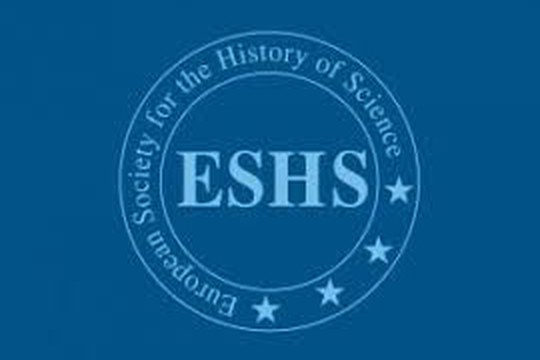The 9th International Conference of the European Society for the History of Science (ESHS) ,was scheduled to take place in Bologna, from the 31st of August to the 3rd of September 2020.
While the dates remain the same, the scientific and local organizing committees have taken up the challenges raised by the current pandemic crisis worldwide and decided to move the conference online. The conference will therefore take place via the Teams platform hosted by the University of Bologna. It will be the first large scale conference to happen online since the beginning of the pandemic crisis.
The theme of the 2020 meeting is Visual, Material and Sensory Cultures of Science, a very broad and inclusive topic. Sessions and talks will address the history of the sensory approaches to scientific objects, their material culture, as well as the building of scientific practices based on the use of the senses (vision, hearing, touch and smell), with particular attention to the history of the relationship between the visual arts and the sciences across nations, periods, and historiographies; visual epistemologies and the cultural practice of thinking scientifically with images; and the relationship between different media (print, photography, digital imaging, etc.) and scientific disciplines in various social, political, and economic contexts. Given the developments of the discipline in the past twenty years, we see this theme as particularly topical and capable of generating broad historical questions at the same time. This theme also provides ample opportunity to take stock and reflect on “sensory cultures” and on the “visual turn”, to assess their strengths and weaknesses, but also to explore their relationship with competing or overlapping historiographical trends such as the material and global history of science, medicine and technology.
